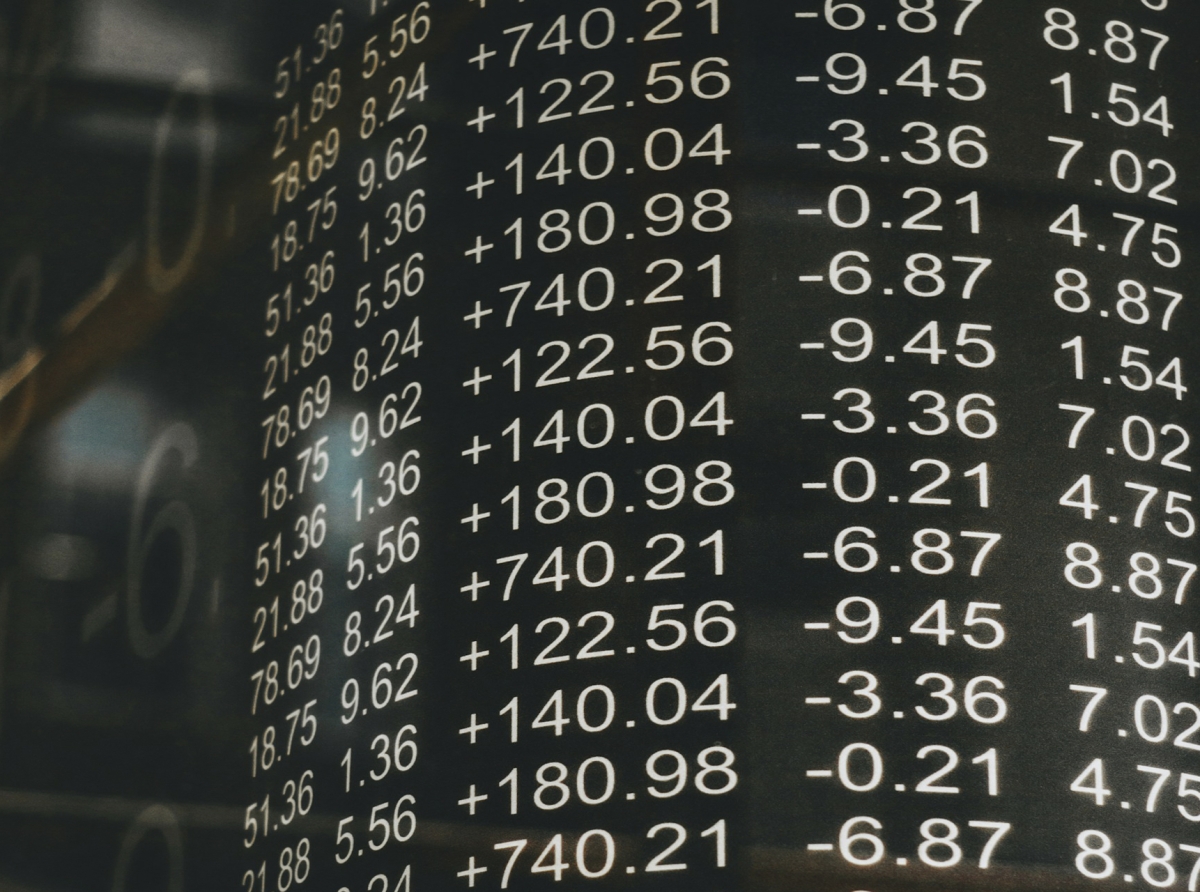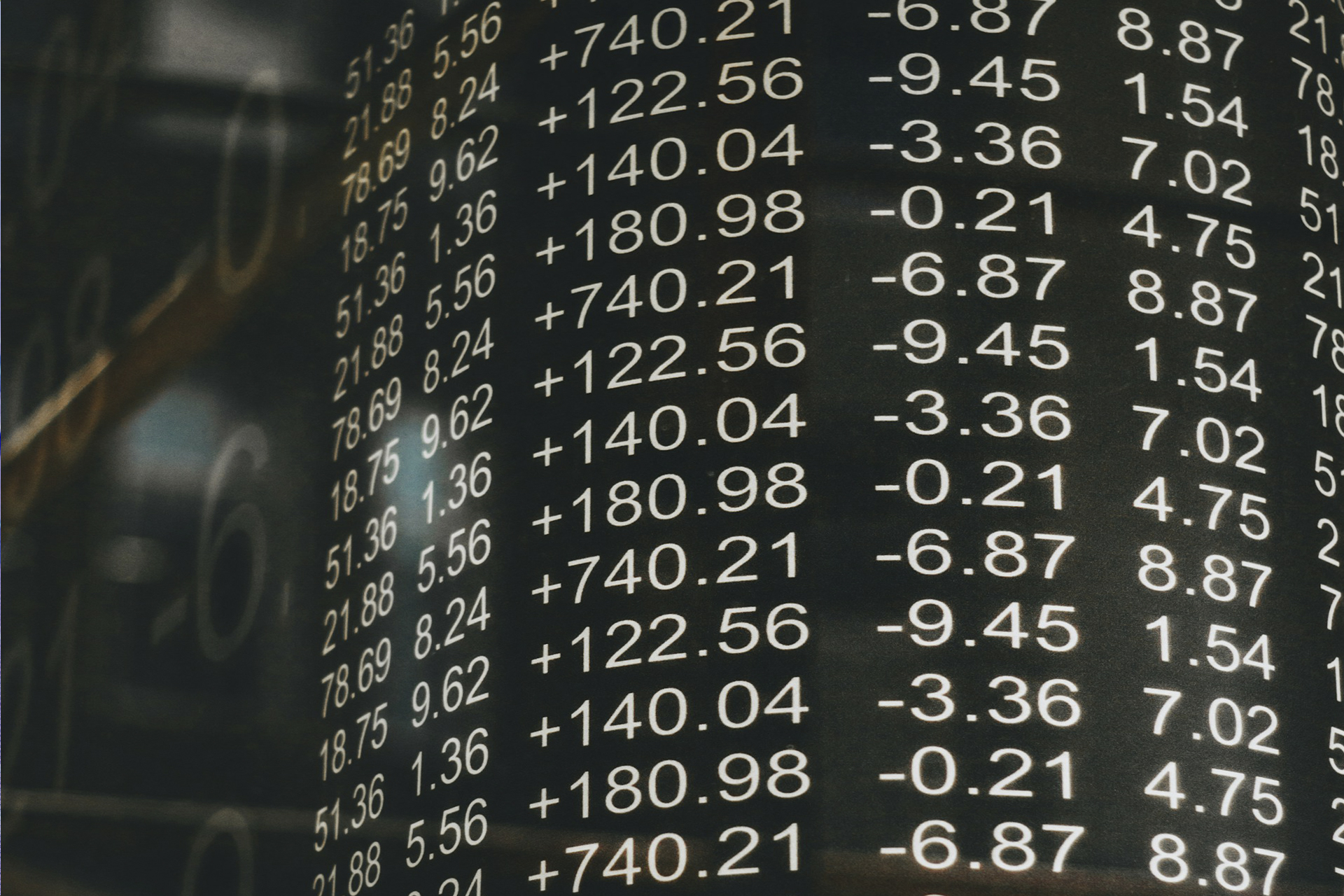Asymmetric Information Theory and Its Signals in the Stock Market

Asymmetric Information Theory and Its Signals in the Stock Market
The theory of asymmetric information explains why some market participants have an advantage over others due to unequal access to data. In the stock market, this creates distortions in pricing, trading volumes, and investor behavior.
Understanding how information asymmetry works and how signals appear helps traders and investors reduce risks, identify hidden opportunities, and adapt to the realities of global financial markets.
Understanding how information asymmetry works and how signals appear helps traders and investors reduce risks, identify hidden opportunities, and adapt to the realities of global financial markets.
What is Asymmetric Information?
Asymmetric information occurs when one party in a transaction knows more than the other. In stock trading, this usually means insiders (company management, large institutional investors) have access to more accurate and timely data than retail investors.Classic examples include:
Company executives knowing about upcoming earnings results.
Institutional funds spotting liquidity shortages before public disclosure.
Regulators having early signals about systemic risks.
The concept was formalized in the works of Nobel laureates George Akerlof, Michael Spence, and Joseph Stiglitz, who showed that imperfect information leads to market inefficiencies.

Asymmetric Information Theory and Its Signals in the Stock Market
Why It Matters in the Stock Market
Stock markets thrive on information. Prices move not only on fundamentals, but also on expectations. If one group of investors receives signals earlier, they can act before others, capturing profits or avoiding losses.Earnings surprises often leak ahead of official reports, reflected in abnormal trading volumes.
Corporate buybacks sometimes signal that management knows shares are undervalued.
Insider selling can warn about overvaluation or upcoming risks.
In the US, the Securities and Exchange Commission (SEC) requires strict disclosure rules to minimize asymmetry. In Europe and Asia, regulators also strengthen insider trading laws, but information gaps remain.
Market Signals as Indicators
Michael Spence introduced the concept of signals — observable actions that convey hidden information. In the stock market, such signals include:Dividend announcements – stable or rising dividends suggest management confidence.
Stock buybacks – signal undervaluation or excess liquidity.
Management changes – unexpected resignations may signal internal issues.
Unusual trading volumes – can indicate informed trading activity.
Credit rating updates – agencies often have insights before retail investors.
For example, in July 2025, several US technology firms announced buybacks despite market volatility, signaling resilience and boosting investor confidence.
Geographic Perspectives
United States: SEC enforces Regulation FD (Fair Disclosure), requiring equal information distribution. Yet, hedge funds often interpret subtle signals faster than retail investors.European Union: MiFID II strengthens transparency, but smaller markets still suffer from insider leaks.
Asia: In markets like India and China, retail traders often face greater asymmetry, with large institutional players dominating information flows.
This geographic lens shows that asymmetric information is a global phenomenon but with varying intensity.
Practical Strategies for Traders
Monitor Insider Transactions: In the US, Form 4 filings disclose when executives buy or sell shares. Following these can provide early signals.Watch Buyback Programs: Announcements of repurchases often precede upward price trends.
Track Unusual Market Activity: Sudden spikes in volume without news may point to informed trading.
Diversify Regionally: Reducing exposure to markets with high asymmetry lowers risks.
Use Fundamental + Technical Analysis Together: Signals become clearer when confirmed by multiple factors.
Analytical View and Forecast
In the next 1–2 years, asymmetric information will remain central to market dynamics. With the rise of AI-powered trading systems, institutional players will likely widen their informational edge. However, regulators in the US and EU continue to push for real-time disclosure and transparency.According to data from TradingEconomics, global corporate buybacks in Q2 2025 exceeded $220 billion, with US firms leading. This is both a signal of undervaluation and a reminder that insiders often act earlier than public markets.
Conclusion
The theory of asymmetric information shows why financial markets are never perfectly efficient. Signals such as insider transactions, dividends, or buybacks allow traders to partially bridge the gap.
For professionals, the challenge is to distinguish true signals from noise, and to adapt strategies depending on geographic markets and regulatory frameworks.
By Claire Whitmore
September 16, 2025
Join us. Our Telegram: @forexturnkey
All to the point, no ads. A channel that doesn't tire you out, but pumps you up.









Report
My comments